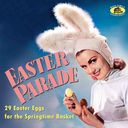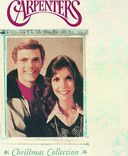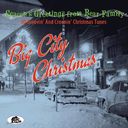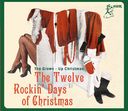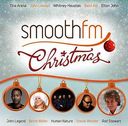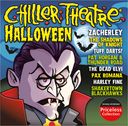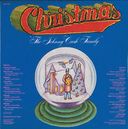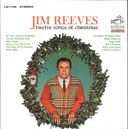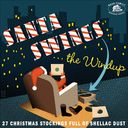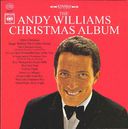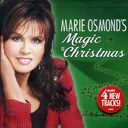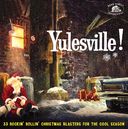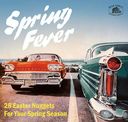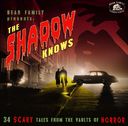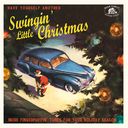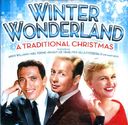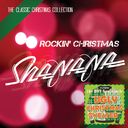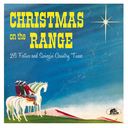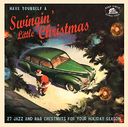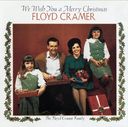J.S. Bach: Christmas Cantatas
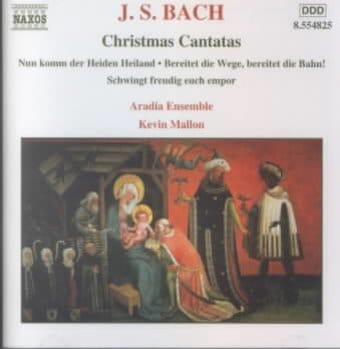
| Price: | $18 |
| List Price: |
|
| You Save: | $1.99 (10% Off) |
Available:
Usually ships in 3-5 business days
|
Brand New
|
Related products:
Stargate SG-1 - Season 1 (5-DVD)
for $12.10
Stargate: Atlantis - Season 5 (5-DVD)
for $12.10
Battlestar Galactica - Razor (Blu-ray)
for $12.60
Betse Ellis: Don't You Want to Go *
for $13.50
CD Details
- Released: October 17, 2000
- Originally Released: 2000
- Label: Naxos
Product Description:
The cantata Schwingt freudig euch empor, BWV 36, was written for the first Sunday of Advent 1731 and is an arrangement of a secular birthday cantata of 1725, with an original text by Christian Friedrich Henrici, known as Picander, adapted by him or by Bach. The extant sources offer two versions, the earlier copied by Bach's pupil Johann Philipp Kirnberger and here recorded. The cantata is scored for oboe d'amore, strings and continuo, with four voices, all used in the opening movement. Here the voices often enter in imitation one of the other, while the instruments provide an introduction and a series of ritornello passages in which the oboe and violin are prominent. The second movement, Die Liebe zieht, is set for tenor with oboe d'amore obbligato and continuo in the form of a B minor da capo aria, the first of the three sections repeated to frame a central section in a contrasted key. The D major bass aria, Sei mir willkommen, is set with strings and continuo and the following A major da capo soprano aria, Auch mit ged„mpften, schwachen Stimmen, has a solo violin obbligato in 12/8 metre. The cantata ends with the chorale verse Wie bin ich doch so herzlich froh. Bereitet die Wege, bereitet die Bahn, BWV 132, is an earlier work, written during Bach's period of service in Weimar for the fourth Sunday in Advent in 1715. It is scored for oboe, strings and continuo, with four voices and consists of three arias, separated by two recitatives. The text is by Salomo Franck, employed at the Weimar court as a librarian and secretary. The lively opening A major da capo aria, Bereitet die Wege, is for soprano and in Italian style. A tenor recitative leads to the E major bass aria Wer bist du, with obbligato solo cello. There is a change of mood in the following alto recitative, which leads to a B minor alto aria, Christi Glieder, ach bedenket, with an elaborate solo violin obbligato. The final chorale, missing in the earliest source but included in the published text, is from a sixteenth-century hymn by Elisabeth Creutziger. The chorale Nun komm, der Heiden Heiland is by Martin Luther, based on the fourth-century Advent hymn, Veni Redemptor gentium. The chorale itself is followed by a three-voice fugue, BWV 699, for organ, based on it and a more elaborate and extended derivative, BWV 659. The second, for organ manuals and pedals, forms part of the third part of the Clavier-šbung, published in Leipzig in 1739. The cantata Nun komm, der Heiden Heiland, BWV 61, written at Weimar in 1714 for the first Sunday of Advent, takes a text by Erdmann Neumeister, soon to move from Leipzig to the Jacobikirche in Hamburg as pastor. Neumeister wrote nine cycles of cantata texts and introduced into the form the operatic devices of recitative and da capo aria. The presence in the surviving autograph of notes by Bach on the order of service in Leipzig has led to the supposition that the cantata was first performed in Leipzig in 1714, or, as others maintain, at some later date, perhaps 1722. Scored for a string section with two violas and continuo, with four voices, the work opens with an A minor French overture, the chorale heard from voice after voice over the characteristic dotted rhythms of the form, followed by a fugal setting of des sich wundert alle Welt. The overture ends with a brief return to the dotted rhythms of the opening. A tenor recitative leads to the C major da capo tenor aria Komm, Jesu, komm, in 9/8 metre with violins and violas in unison in a two-part accompanying texture. The following bass recitative, setting words from the Book of Revelations, has a dramatic pizzicato accompaniment, reflecting the text. It is succeeded by a G major soprano aria accompanied by the cello and organ. The final Amen, from the chorale Wie sch”n leuchtet der Morgenstem, allots the chorale melody to the soprano, with the three lower voices doubled by the violas and cello, while the violins add their own element of contrapuntal imitation.
Similar Products
Genres:
Music Categories:
Theme:
Product Info
- Sales Rank: 107,383
- UPC: 636943482520
- Shipping Weight: 0.25/lbs (approx)
- International Shipping: 1 item




